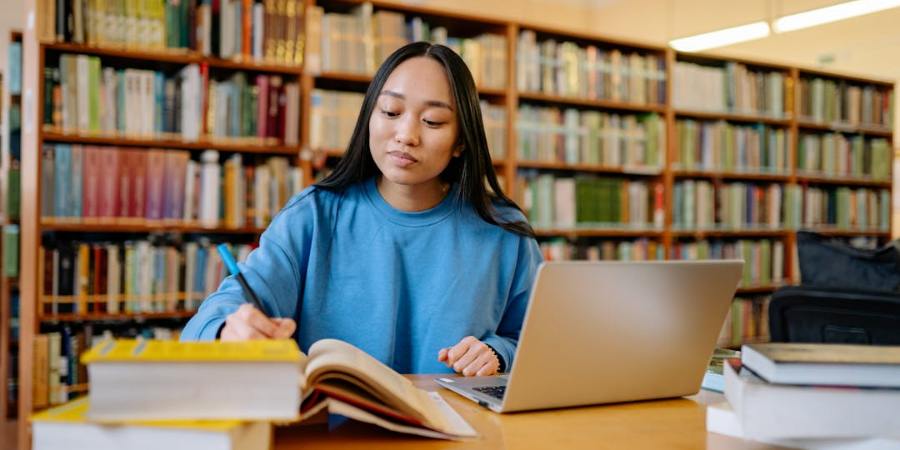The Evolving Role of School Librarians
As reliance on technology, devices, and artificial intelligence (AI) increases, the role of school librarians continues to evolve.
Roles
Librarians lead the operations of the library or media center and ensure they support school instructional programs. However, the role has expanded to include that of an educational technology influencer. Librarians have great influence because they work with everyone in the school community, putting them in a unique leadership position when it comes to making important instructional technology decisions.
School librarians have naturally become the point of contact between the district’s technology staff, educational technology vendors, teachers, students, parents, and administrators. They play a big role in choosing and implementing educational technology by influencing what teachers use to design lessons and what students use to engage in learning.
Speakers from this summer’s International Society for Technology in Education (ISTE) conference in Denver provided insight into the huge impact of librarians. They focused on the evolving role of librarians, their influence, best practices in using AI, and strategies to enhance student learning experiences.
Following are some takeaways from their session:
- Librarians are more important than ever due to the large number of technology resources available in schools and the focus on 1:1 technology initiatives.
- Libraries and media centers are an important and integral part of teaching and learning.
- Studies show high high-functioning library media centers are a big contributor to schools that have high test scores and low disciplinary reports.
- Librarians can have great influence with students as every student visits the library at some point.
- Librarians are responsible for designing unique and positive experiences for student learning and engagement – teachers look to librarians to lead and model innovative and engaging lessons.
- Librarians have great influence over teacher professional development and instructional technology units and lesson designs.
- Librarians tend to be the leaders of AI and other new instructional technology tools and should embrace the mindset of “let’s learn together”.
- Librarians have great influence with parents and should work to include them in the instructional technology processes.
Helping librarians embrace these new and expanded roles by providing resources, training, and staff will benefit the entire school community. More from the conference speakers can be found in the EdWeek article School Librarians: the Overlooked Ed-Tech Influencers.
Staffing
Surprisingly, neither state nor federal statute requires that a school librarian be staffed on every campus. Texas state law only requires that if a district reports the presence of a school librarian, that librarian must be certified. Some campuses hire non-certified library professionals (usually certified teachers) under a job title of media specialist, instructional technology specialist, or other comparable job title.
Typically, campuses are staffed with a librarian and/or a library aide. Below are some common library staffing models used by districts:
- Staff a librarian at each campus.
- Create clusters where one librarian is assigned two or three campuses working with a library aide assigned to each campus.
- Staff one district librarian and employ a full-time library aide at each campus (small district model).
- Staff one librarian at each respective grade level (elementary/intermediate, middle/junior high, and high school) and employ library aides at each cluster-level campus (mid-size district model).
- Employ a librarian for every 1,000 students (or a different determined ratio) and hire library aides based on the number of students at the campuses over the determined ratio (large district model). Campus clusters as described above can be created with smaller campuses in the district – typically elementary campuses.
A strategic library/media staffing model should be based on funding as well as the goals of the district.
Regardless of the staffing model implemented, intentionally staffing, training, and supporting librarians is important and impactful to the school community’s instructional technology plan and ultimately, the impact on student learning.

Cheryl Hoover
Cheryl Hoover joined HR Services in 2018. She assists with staffing and HR reviews, training, and other HR projects. During Hoover’s public school career, she served as an executive director of curriculum and principal leadership, executive director of human resources, principal, assistant principal, teacher, and coach.
Hoover earned her bachelor’s degree from The University of Texas at Austin and obtained her master’s degree from Texas State University. She is a certified PHR.
HR Services

Subscribe to HRX
Stay up to date with all the latest HR news and trends by joining the HRX mailing list!





